

Updated: 4/3/2025
On April 2, 2025, President Donald Trump announced a series of sweeping tariffs, collectively referred to as "Liberation Day." This significant policy shift aims to address trade imbalances and reshape the United States' economic relationships with its global partners. This article delves into the details of these tariffs, their rationale, immediate reactions, and potential economic implications.
The term "Liberation Day" was coined by President Trump to symbolize the United States' move towards economic independence. This announcement follows a series of escalating trade tensions and previous tariff implementations aimed at addressing perceived unfair trade practices by various countries. The administration's focus has been on reducing trade deficits and promoting domestic manufacturing.
The "Liberation Day" tariffs introduce a two-tiered approach:
1. Baseline Tariff: A universal 10% tariff on all imports into the United States, effective April 5, 2025. For logistics and customs professionals, the 10% minimum rate takes effect at 12:01 a.m. Eastern Daylight Time on April 5, 2025, except for goods loaded onto a vessel at the port of loading and in transit to their final destination before that time.
The Baseline Tariff is a minimum, not additive to the country-specific reciprocal tariff. In other words, Algeria's "true" tariff would not be 40%, their country-specific 30% plus the baseline 10%. The Baseline Tariff, 10%, "[imposes] a minimum universal tariff on all countries of 10%, except as noted below, although some countries are having an even greater reciprocal tariff". This is per an executive order released on April 2nd.
2. Reciprocal Tariffs: Additional country-specific tariffs based on existing trade deficits and perceived unfair practices, effective April 9, 2025.
From one of our partners regarding the reciprocal tariffs:
"If at least 20% of the article’s total value is U.S. content, the reciprocal tariffs apply only to the portions of the article’s value that are not U.S. content. If the U.S. content is less than 20%, the tariffs apply to the entire value of the article."
Examples of affected countries and corresponding tariff rates include:
China: 34% additional tariff, totaling a 54% tariff on Chinese goods.
European Union: 20% tariff on EU imports, plus 10% equaling 30% total.
Vietnam: 46% tariff on Vietnamese goods.
United Kingdom: 10% tariff on UK goods.
Notably, Canada and Mexico are exempt from these new tariffs, provided their goods comply with the U.S.-Mexico-Canada Agreement (USMCA):
"Goods from Canada and Mexico are exempt from the IEEPA Reciprocal tariffs until such time as the IEEPA Border is terminated or suspended, at which time only USMCA qualifying goods will be exempt from IEEPA Reciprocal tariffs and non-USMCA goods will be subject to a 12% IEEPA Reciprocal tariff.
The value of US content of any goods provided that the US content is no less than 20% of the value of the article. “US content” is defined as “the value of an article attributable to the component produced entirely, or substantially transformed in, the U.S.”
Section 321 de minimis goods other than those country of origin China (Hong Kong)—see below—are exempt until such time as Commerce establishes a system to collect the tariffs."
Regarding automotive parts specifically:
The list of products that are subject to the section 232 tariffs on passenger vehicles/light trucks and auto parts.
The Bureau of Industry and Security (BIS) at the Department of Commerce added two new products to the list of derivative aluminum articles.
Regarding China, Hong Kong and De Minimis, goods from China and Hong Kong are ineligible for Section 321/de minimis exemptions. Macau remains eligible, but the Secretary of Commerce (with USTR) will issue a recommendation within 90 days on whether to include Macau in the prohibition.
Country of origin: China (including Hong Kong)
Shipping method: Any method except international postal networks
Action: Ineligible for de minimis as of 12:01 a.m. ET, May 2, 2025
All entries must be filed via ACE by a qualified entity.
Goods from China and Hong Kong remain technically eligible, but will face new duties:
30% of value starting May 2, 2025
Or $25 per item (May 2 – May 31, 2025)
Or $50 per item (starting June 1, 2025)
Paying duties
Reporting item counts and applicable duty types
Providing documentation as required by CBP
Holding an international carrier bond
CBP may also require formal entry, in which case non-postal duties apply.
Below is the country-by-country breakdown of reciprocal tariffs as of the April 2nd press conference:
Country | Tariffs Charged to the U.S.A. | U.S.A. Discounted Reciprocal Tariffs |
China | 67% | 34% |
European Union | 39% | 20% |
Vietnam | 90% | 46% |
Taiwan | 64% | 32% |
Japan | 46% | 24% |
India | 52% | 26% |
South Korea | 50% | 25% |
Thailand | 72% | 36% |
Switzerland | 61% | 31% |
Indonesia | 64% | 32% |
Malaysia | 47% | 24% |
Cambodia | 97% | 49% |
United Kingdom | 10% | 10% |
South Africa | 60% | 30% |
Brazil | 10% | 10% |
Bangladesh | 74% | 37% |
Singapore | 10% | 10% |
Israel | 33% | 17% |
Philippines | 34% | 17% |
Chile | 10% | 10% |
Australia | 10% | 10% |
Pakistan | 58% | 29% |
Turkey | 10% | 10% |
Sri Lanka | 88% | 44% |
Colombia | 10% | 10% |
Peru | 10% | 10% |
Nicaragua | 36% | 18% |
Norway | 30% | 15% |
Costa Rica | 17% | 10% |
Jordan | 40% | 20% |
Dominican Republic | 10% | 10% |
United Arab Emirates | 10% | 10% |
New Zealand | 20% | 10% |
Argentina | 10% | 10% |
Ecuador | 12% | 10% |
Guatemala | 10% | 10% |
Honduras | 10% | 10% |
Madagascar | 93% | 47% |
Myanmar (Burma) | 88% | 44% |
Tunisia | 55% | 28% |
Kazakhstan | 54% | 27% |
Serbia | 74% | 37% |
Egypt | 10% | 10% |
Saudi Arabia | 10% | 10% |
El Salvador | 10% | 10% |
Côte d'Ivoire | 41% | 21% |
Laos | 95% | 48% |
Botswana | 74% | 37% |
Trinidad and Tobago | 12% | 10% |
Morocco | 10% | 10% |
As of April 3rd, the US has released additional countries and their incoming tariffs. For these countries, from the same partner, "the effective date [for tariffs ] is 12:01 a.m. Eastern Daylight Time on April 9, 2025, unless the goods are already loaded and in transit to their final destination."
Country or Territory | Reciprocal Tariff (%) |
Algeria | 30% |
Angola | 32% |
Bosnia and Herzegovina | 36% |
Brunei | 24% |
Cameroon | 12% |
Chad | 13% |
Côte d`Ivoire | 21% |
Democratic Republic of the Congo | 11% |
Equatorial Guinea | 13% |
Falkland Islands | 42% |
Fiji | 32% |
Guyana | 38% |
Iraq | 39% |
Lesotho | 50% |
Libya | 31% |
Liechtenstein | 37% |
Malawi | 18% |
Mauritius | 40% |
Moldova | 31% |
Mozambique | 16% |
Namibia | 21% |
Nauru | 30% |
Nigeria | 14% |
North Macedonia | 33% |
Syria | 41% |
Vanuatu | 23% |
Venezuela | 15% |
Zambia | 17% |
Zimbabwe | 18% |
This is as of 4/3/2025.
The following articles are exempt from these tariffs:
Articles including copper, pharmaceuticals, semiconductors, lumber articles, certain critical minerals, and energy and energy products;
Steel, aluminum, and derivative articles subject to Section 232 duties;
Automobiles and automotive parts subject to Section 232 duties;
Any other articles that may become subject to future Section 232 duties;
Articles subject to Mexico and Canada IEEPA duties, though special rules apply.
Goods exempted under 50 U.S.C. 1702 (Goods that are for personal use, donations of food, clothing and medicine intended to relieve human suffering, merely informational materials, etc.).
President Trump justified these measures by citing the need to address large trade deficits and combat unfair trade practices, such as currency manipulation and exorbitant value-added taxes imposed by other countries. The administration aims to bolster domestic manufacturing, reduce reliance on foreign imports, and declare a national economic emergency to facilitate the implementation of these tariffs.
Various U.S. industries and consumer advocacy groups have expressed concerns about potential increases in consumer prices and disruptions to supply chains.
The stock market responded negatively, with major indices experiencing declines.
Affected countries and trading blocs have voiced strong opposition, with some, including China and the European Union, threatening retaliatory measures.
Global markets have experienced volatility in response to the announcement.
Benefits: Certain domestic industries may experience short-term protection from foreign competition, potentially leading to increased production and job creation.
Risks: Consumers may face higher prices due to increased import costs, and businesses reliant on imported materials could see rising operational expenses, potentially leading to inflationary pressures.
The tariffs could disrupt international supply chains, affecting global economic growth.
The potential for a broader trade war looms, as affected countries consider countermeasures, which could further escalate tensions and impact global markets.
The "Liberation Day" tariffs represent one of the most significant protectionist trade actions by the United States since the 1930s. Historical instances, such as the Smoot-Hawley Tariff Act, serve as cautionary tales of how escalating trade barriers can lead to global economic downturns. These precedents highlight the potential risks associated with aggressive tariff implementations.
The April 2nd "Liberation Day" tariffs mark a pivotal shift in U.S. trade policy, aiming to address longstanding trade imbalances and promote domestic economic interests. While the administration emphasizes the potential benefits for American industries, the immediate reactions and potential for retaliatory measures underscore the complexities and risks inherent in such a sweeping policy change. As the global community responds, the long-term implications of these tariffs will unfold, shaping the future of international trade relations.
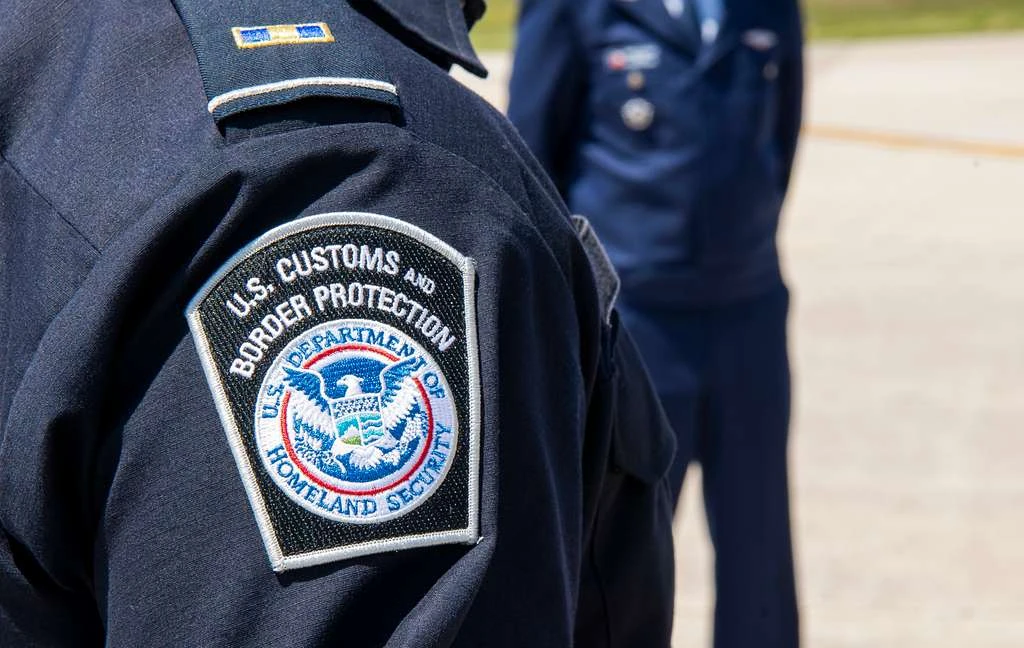
US government announces executive order aimed at stopping de minimis imports. See what will and won't change for US importers.
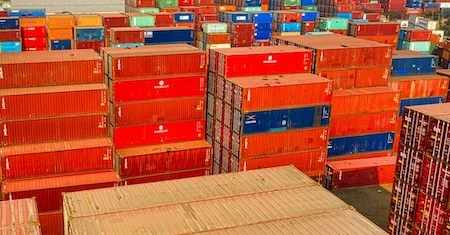
A list of strict ATA Carnet accepting-countries and the specifications they hold. Most non-commercial, exhibiting importers and exporters recognize the value and role of ATA Carnets in the complicated field of trade. While the World Customs Organization
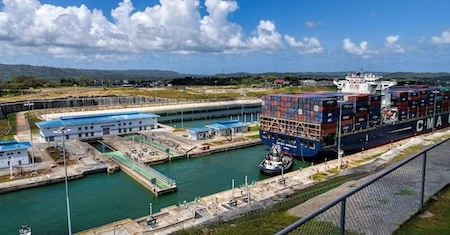
The Panama canal is experiencing lower water levels as a result of a drought exacerbated by El Nino. The results of this drought have implications for all sizes of shippers around the world but particularly for small to medium sized shippers that are in a

Do you really need multiple customs brokers? Find out how a single freight forwarding and customs brokerage provider saves you time and money.

This blog explores digital air freight and how e-bookings provide a more efficient and faster way for logistics professionals to make connections.
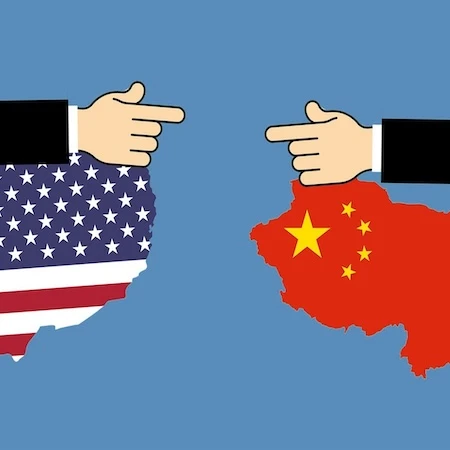
Ongoing trade tensions between the United States and China continue to be the defining story of the 2019 global economy. What started off as an ongoing dialogue about the economic relationship between the two largest economies in the world has transformed
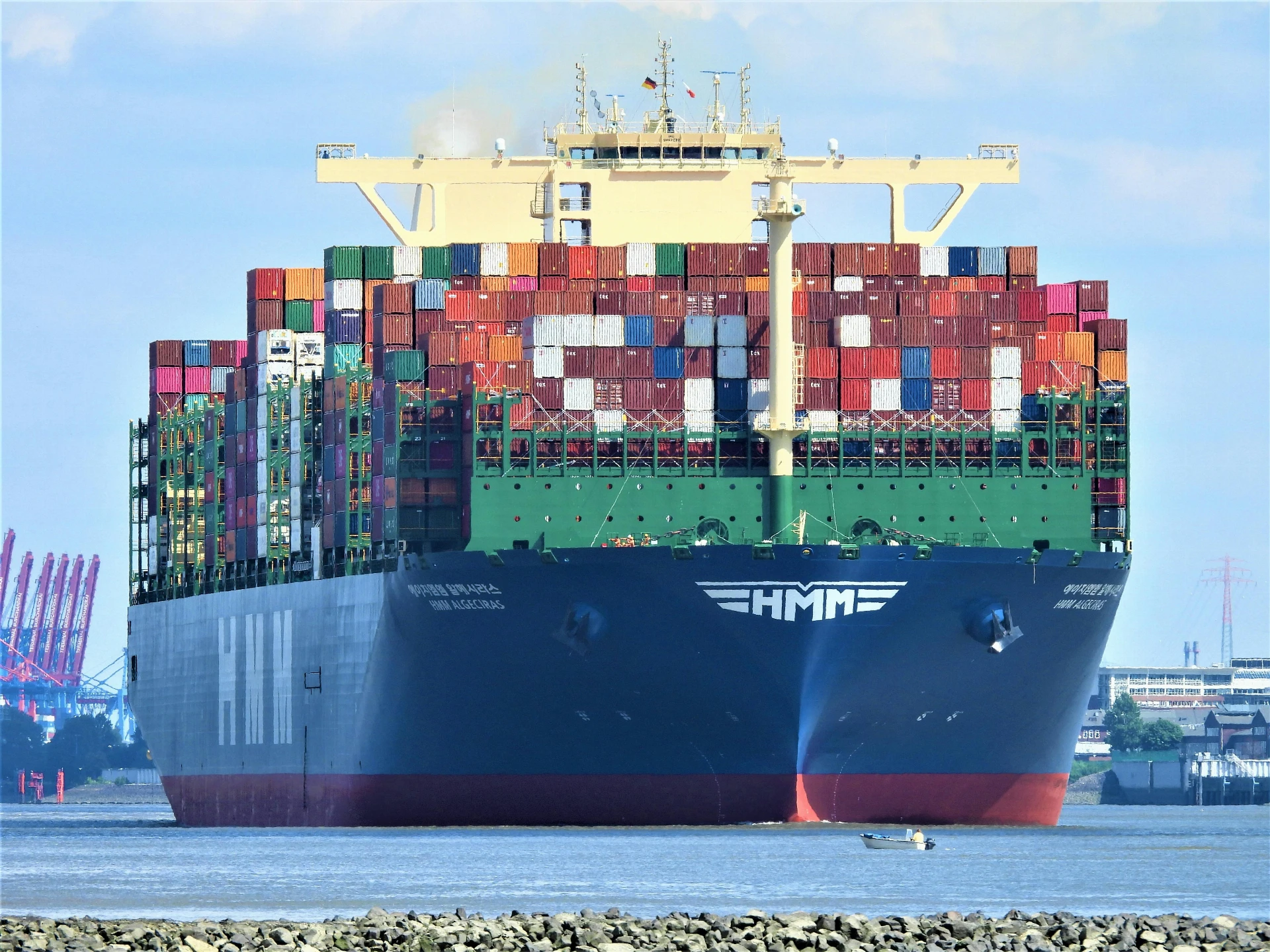
Based on the latest insights from the 2025 National Trade Estimate Report, here’s a practical breakdown of the most pressing trade challenges across the United States’ top 10 goods trading partners.
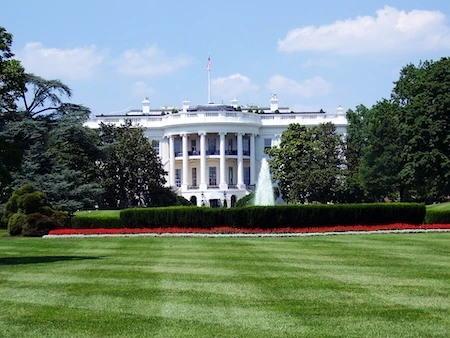
“It’s time for updated rules of the road. That’s what this bill does.”

Freight Right can help you with PACT Act compliant international shipments of your e-cigarette and vape products.
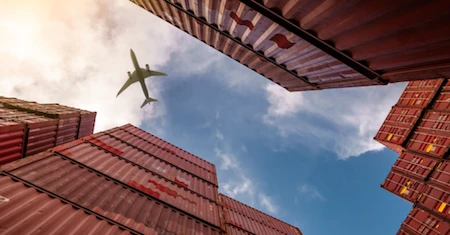
This article will explain what international air freight charges are and how to calculate the chargeable weight when shipping goods overseas.